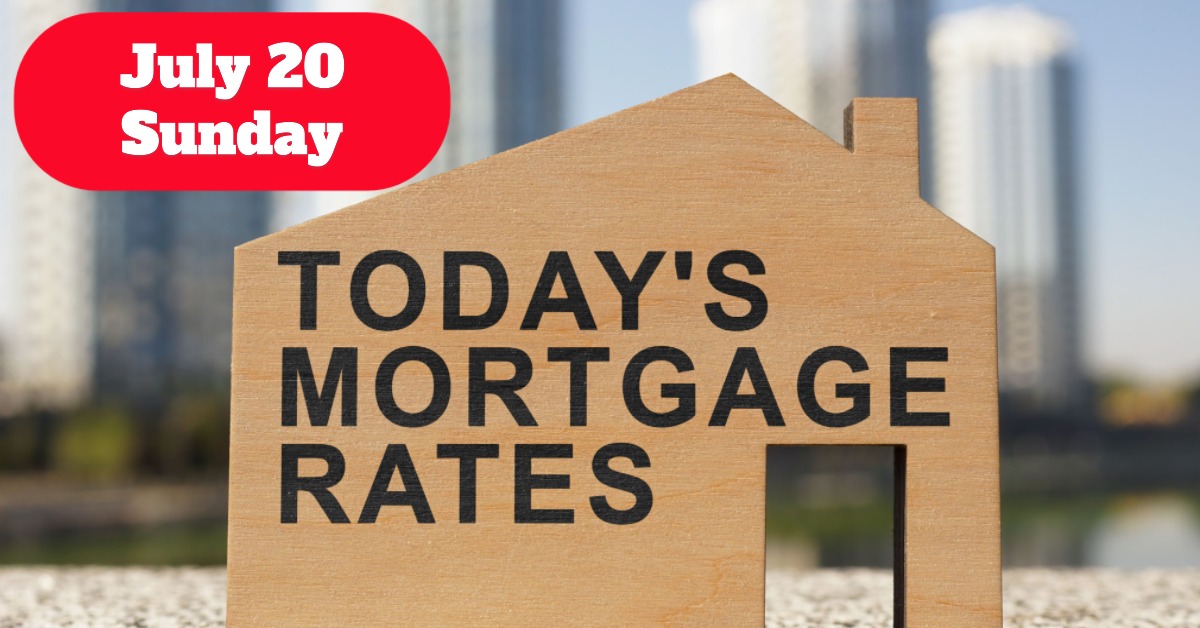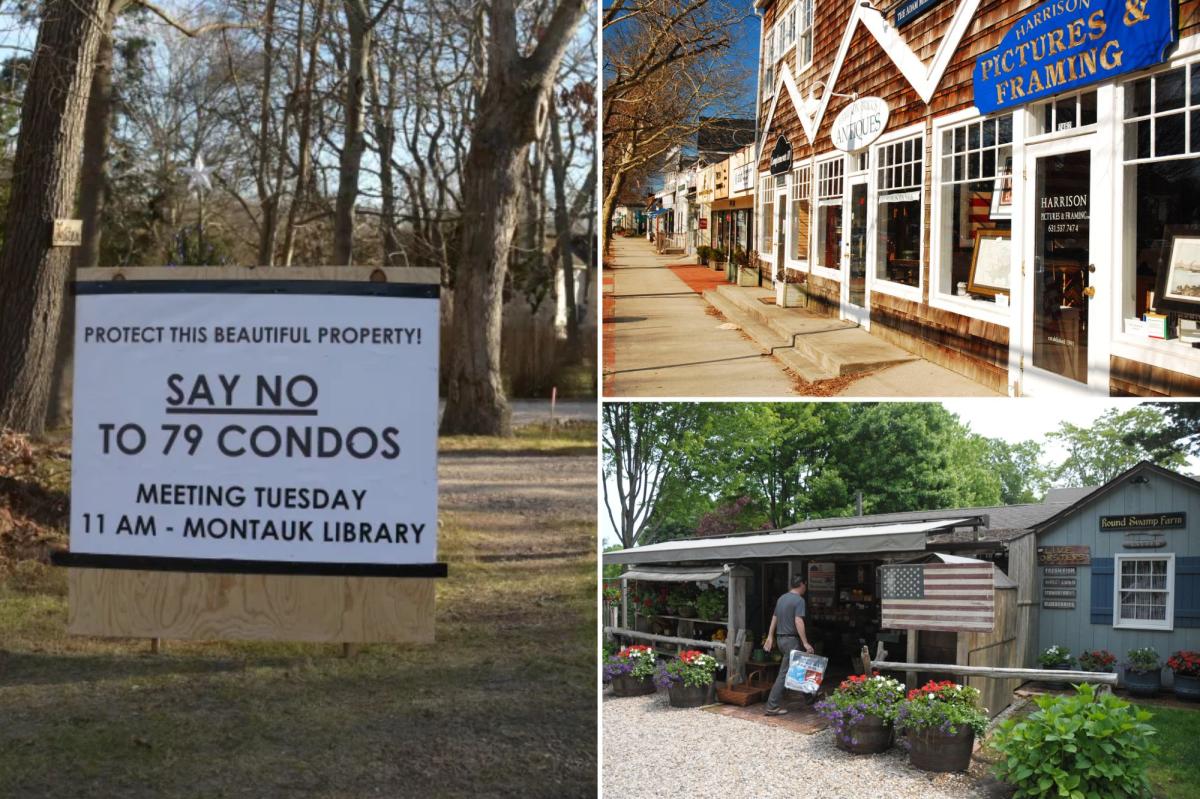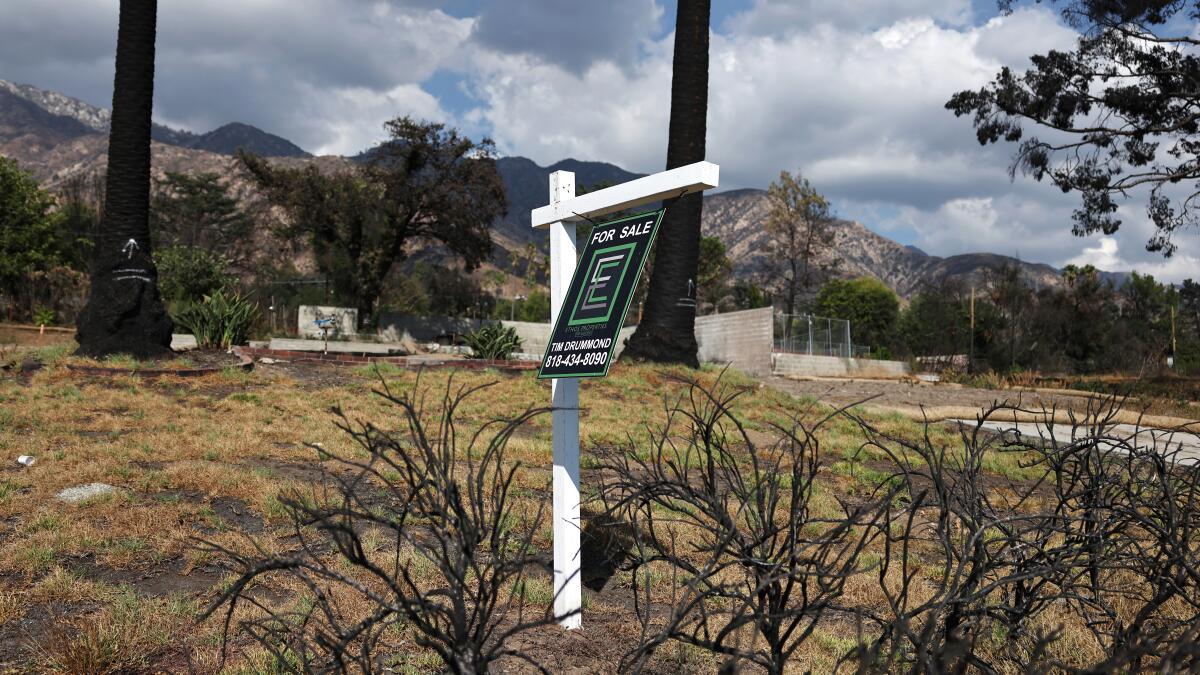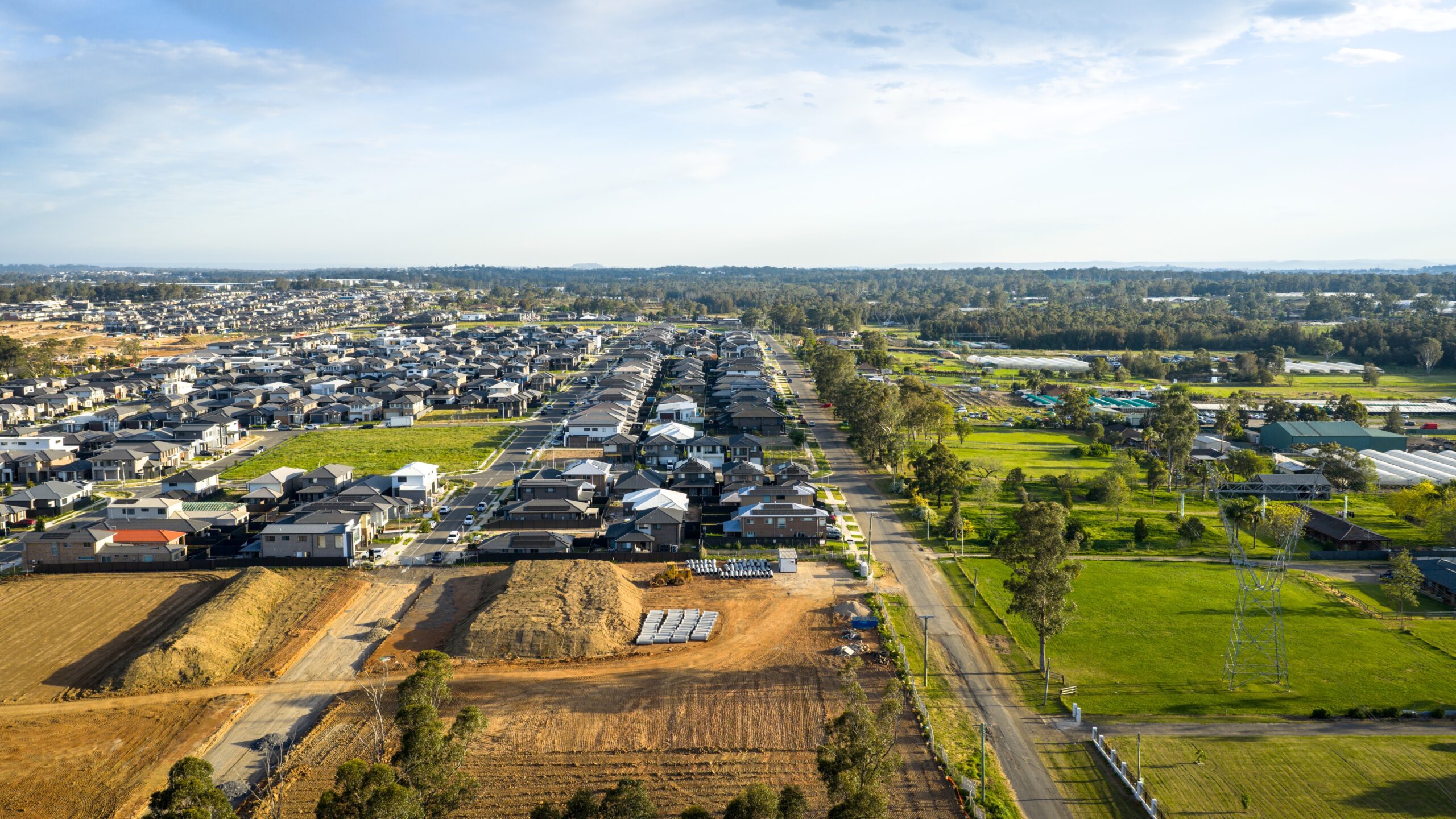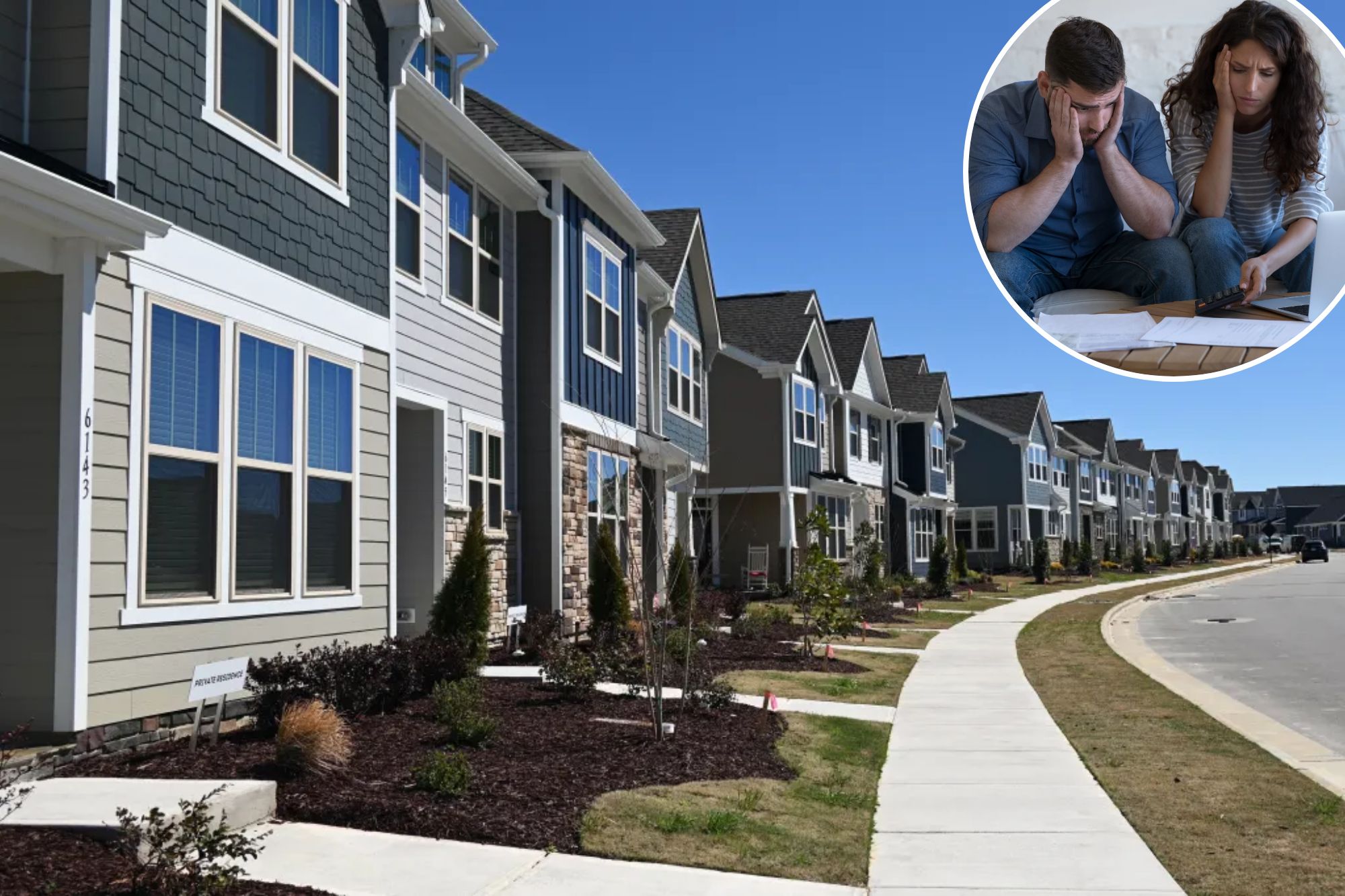A
s of July 20, 2025, mortgage rates have stabilized but slightly increased. The national average 30-year fixed mortgage rate stands at 6.87%, up 3 basis points from last week's 6.84%. Refinance rates for the same loan term have decreased to 7.04%, down 3 basis points from the previous week's 7.07%.
15-year fixed mortgages show a small drop in refinance rates at 5.82% and stable purchase rates at 5.89%. These modest fluctuations reflect ongoing economic dynamics, Federal Reserve monetary policy decisions, and housing market conditions.
Key Takeaways:
* National 30-year fixed mortgage rate on July 20, 2025, is 6.87%, slightly higher than last week's 6.84%.
* 30-year fixed refinance rate dropped mildly to 7.04% from 7.07%.
* The 15-year fixed mortgage rate for purchases held steady at 5.89%; refinance rates edged down to 5.82%.
The Federal Reserve's recent actions and anticipated rate cuts influence mortgage rates over the coming months. Mortgage rates may remain elevated through 2025, with forecasts predicting gradual declines starting late 2025 or 2026.
Affordability remains a challenge with higher rates compared to historical lows but could improve if rates drop as expected. The latest data shows a picture of stabilized but slightly rising mortgage rates for home buyers, with refinance rates trending down just a bit, signaling a mixed but cautiously optimistic market.
The Federal Reserve's policy decisions are crucial drivers behind mortgage rate movements. In late 2024, the Fed reduced the federal funds rate by a total of 1 percentage point through three cuts from September to December, aiming to stimulate economic growth. However, as of mid-2025, the target range remains steady between 4.25% and 4.5%, reflecting the Fed's cautious pace.
Leading organizations provide useful forecasts that help homebuyers and investors anticipate future rate trends:
* Fannie Mae's outlook anticipates mortgage rates to end 2025 at 6.5% and drop to 6.1% in 2026, reflecting cautious optimism based on economic growth projections and inflation trends.
* The Mortgage Bankers Association (MBA) expects 30-year fixed mortgage rates to remain mostly unchanged near 6.8% through September 2025, with a modest decline to 6.7% by year-end and 6.6% mid-2026 due to continued inflation risks.
For example, on a $1 million home purchase:
* At a 7.0% mortgage rate, the monthly payment would be approximately $5,322.
* If rates fall to 6.25%, monthly payments drop to $4,925, saving about $397 per month, improving affordability marginally for buyers.
Mortgage rates above 6.5% indicate a challenging environment compared to the historic lows seen in early 2020s but still reflect broader economic conditions and monetary policy. Buyers face higher monthly payments, which can limit affordability and slow down demand, potentially balancing home price growth. For refinancing, small dips offer some relief, but many borrowers weigh closing costs and long-term savings carefully.
Adjustable-rate mortgages (ARMs), popular with some buyers, show mixed trends in rates. The 5-year ARM refinance rate sits at 7.90%, which may be attractive for borrowers expecting to move or refinance again before the fixed rate period ends, but higher than many fixed options.
Borrower's Calculation Example Using Current Mortgage Rates:
* Purchase Price: $350,000
* Loan Amount: $280,000 (assuming 20% down)
* Interest Rate: 6.87%
* Loan Term: 30 years
Using a standard mortgage calculation formula, the monthly principal and interest payment would be roughly $1,850.60. This underscores how even modest changes in interest rates can significantly affect monthly payments.
The Federal Reserve's cautious stance on rate cuts this year keeps mortgage rates elevated but with the potential for gradual decline. Inflation remains a concern though less severe than previously feared, contributing to the current rate environment. Economic growth forecasts for 2025 and 2026 weigh on rates and housing demand. Housing market conditions continue to influence loan pricing and lender risk premiums.
With mortgage rates remaining elevated this year, it's more important than ever to focus on cash-flowing investment properties in strong rental markets.
